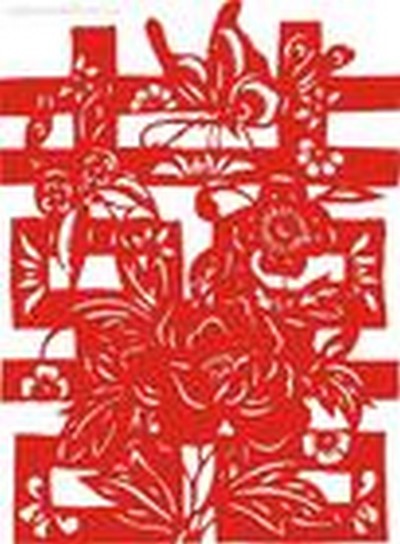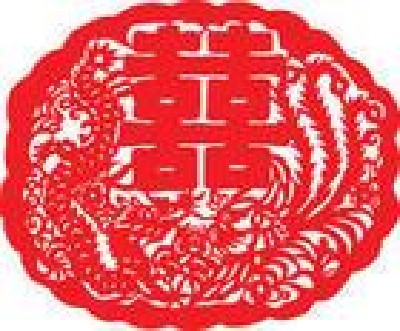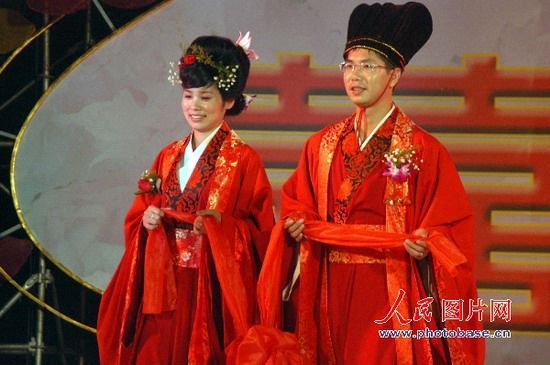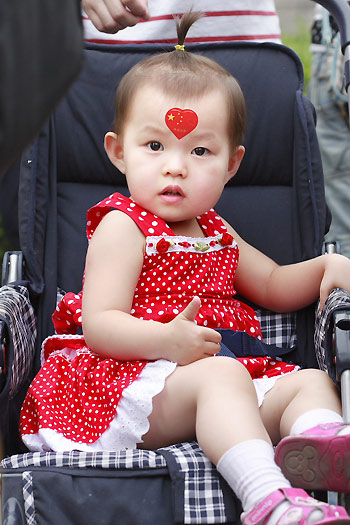Însă, fără nici o teorie, de veacuri, chinezii îl consideră culoarea norocului. La nuntă e totul roşu. Casa e vopsită în roşu, dragonul e roşu, rochia de mireasă, cadourile şi cam tot ce ţine de sărbătoare sunt marcate de culoarea roşie.
Acum i-am văzut şi pe sportivii lor îmbrăcaţi în roşu. "E obsedant şi obositor!" i-am auzit pe unii. Se prea poate. Polemizez cu Wu Zi, asistentul meu principal care tocmai a revenit din cantonamentele de armată, nu prea a avut timp să vadă probele sportive. Este foarte vesel că acum are o voce mai puternică şi va fi auzit mai bine în clasă ca profesor! Wu îmi aduce un articol ştiinţific care confirmă ceea ce chinezii ştiu de mult, de vreo 5000 de ani!
Dar poate au fost doar muncitori, mai adaugă şi Xuafeng cu îndoială metodică.


"Now psychologists Norbert Hagemann, Bernd Strauss and Jan Leissing from Germany's University of Muenster have found referees tended to assign more points to taekwondo competitors dressed in red than those dressed in blue.
The study, published in the August issue of Psychological Science, was conducted by the researchers presenting 42 taekwondo referees with videos of blue- and red-clad competitors sparring.
The two sets of clips were identical except that the colors were reversed in the second set so the red athlete appeared to be wearing blue and vice versa.
After each video the referees were asked to score the performance of each competitor, red or blue.
The psychologists said competitors wearing red were awarded an average of 13 percent more points and the points seemed to increase after the blue athlete was digitally transformed into a red athlete and decrease when the red competitor turned blue".

